Top Nose Shapes Around the World – Which One Do You Have?
Facial Plastic Surgery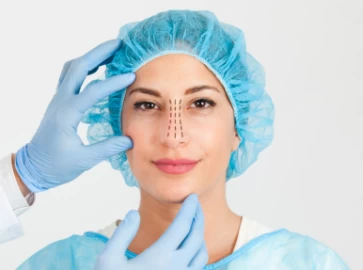
The human nose, the second most important part of the respiratory system, filters the air you breathe, moistens and warms the air that enters your lungs, and provides a sense of smell. Scientists usually determine the race of people based on their skin color, hair texture, and height; however, ethnicity can also be identified based on the shape and size of the nose. In this essay, we examine the anatomy of the nose and discuss numerous types of noses in various ethnic groups.
Types of Nose Shapes
To undergo rhinoplasty or other nose surgeries, you must first know the type of nose shape. Read the following to get more information about the most common nose shapes in the world:
- Fleshy nose
- Button nose
- Roman nose
- Greek nose
- Bumpy nose
- Snub nose
- Hawk nose
- Nubian nose
- East Asian nose
- Bulbous nose
- Combo nose
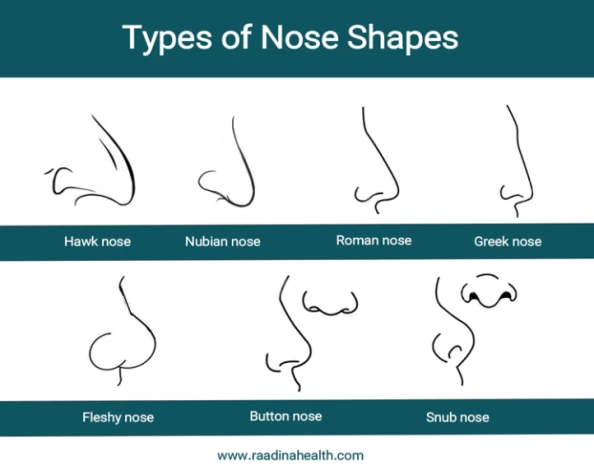
Fleshy nose
A fleshy nose, also known as a wide or meaty nose type, has weak cartilage, thick skin, a low nasal bridge, and wide nostrils. The length of a fleshy nose depends on the shape of its bony part so that it may be short or long. This nasal shape is considered the most common one globally, as almost 25% of the world's population have this type of nose.
Fleshy nose rhinoplasty: Due to having thick skin, doing a nose job on a fleshy nose is a bit challenging and requires the experience and expertise of a skilled surgeon. In fleshy nose rhinoplasty, the surgeon decreases the width of the nose and (if needed) adds to the length of it by using cartilage or bone graft.
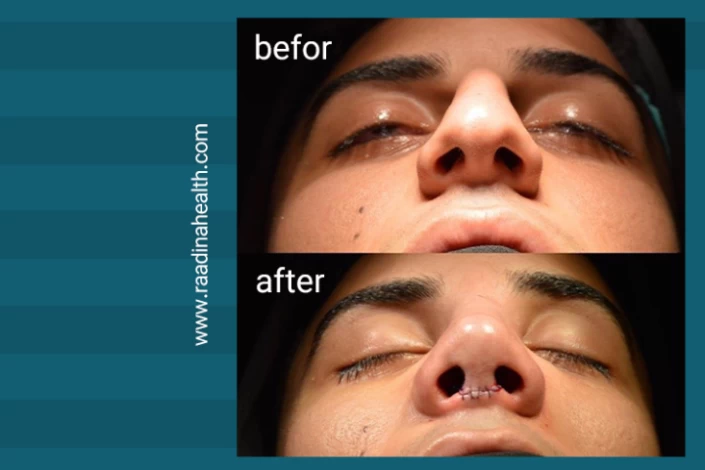
Button nose
The button nose is a short, flat, round nose that makes a face look rounder and cuter. This nasal shape, also named celestial and turned-up nose, has a short bridge and is considered the most attractive form of the nose for women.
Button nose rhinoplasty: if you are dissatisfied with how your button nose makes you look baby-faced, you can undergo rhinoplasty to have a longer and less rounded nose. In this surgery, the surgeon makes tiny incisions on the base of the nose and adds bone or cartilage to the nose to reshape it.

Roman nose
The Roman or aquiline nose has a high, prominent, curved bridge, but its tip is downward. The Roman nose gets its name from Roman sculptures with this nasal form.
Roman nose rhinoplasty: A nose job is the best and most permanent way to eliminate bumps and crooks on Roman noses. In this cosmetic procedure, the surgeon removes the dorsal hump, making the nose smaller and shorter.
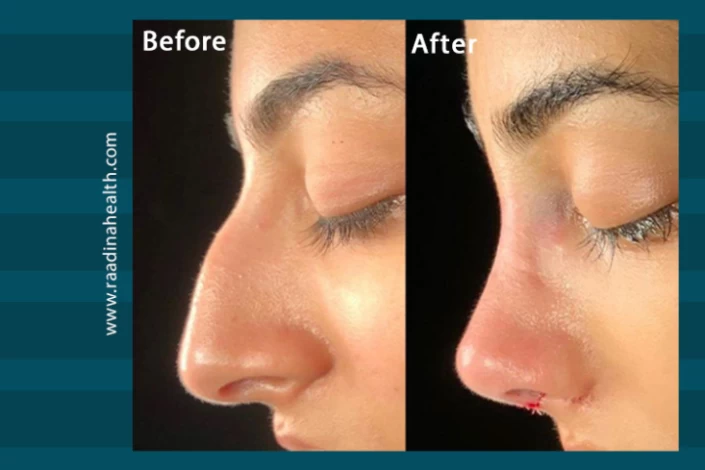
Greek nose
Unlike the Roman nose, the Greek nose has no crookedness, humps, or curves and is considered the straightest form of the nose. This nasal shape also gets its name from the sculptures of Greek gods who had straight noses.
Greek nose rhinoplasty: In this operation, the surgical team only narrows down the nasal tip and, in some cases, shortens the nasal bridge.

Bumpy nose
The most frequent candidates for a nose job are the ones who have bumpy noses. This nasal shape features an uneven contour, which is only eliminated by rhinoplasty. The main reasons a bump develops on the nose are the excess growth of bone, cartilage, or both on the nasal bridge or severe damage to the nose. Plastic surgeons recommend standard or liquid rhinoplasty, depending on the level of bumpiness.
Bumpy nose rhinoplasty: The most frequent candidates for a nose job are those with bumpy noses. Plastic surgeons recommend standard or liquid rhinoplasty, depending on the bumpiness level. Still, in most cases, the plastic surgeon performs open rhinoplasty to have more access to the nasal bone. After shaving the dorsal hump, the surgeon narrows the nasal fins and reshapes the nose based on other facial features.
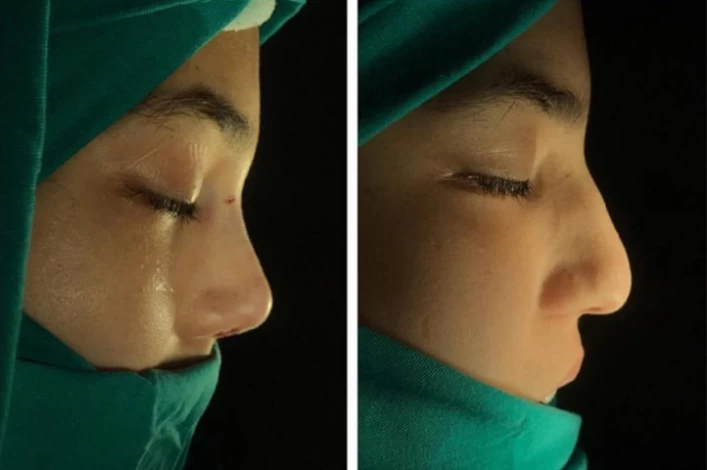
Snub nose
Snub refers to a nasal form with a short bridge and round-up tip. The difference between snub and button noses is that the nostrils are often visible in snub noses as they have a more upturned tip.
Snub nose rhinoplasty: Snub noses are short and have thick skin, so performing a nose job on them is tricky and challenging. In this surgery, the doctor uses ear cartilage or silicone implants to make the nose bigger and longer. Also, he/she narrows the nasal fin to make the nostrils less visible.
Hawk nose
The hawk nose shape is mostly known for its dramatic curve and high bridge. The only difference between this nasal form and the Roman nose is that the hawk nose has a thinner bridge and a more elevated tip. Since this nasal shape resembles the beak of a predatory bird, it is sometimes referred to as a beak or eagle-like nose.
Hawk nose rhinoplasty: In this operation, the surgeon removes the nasal bump and straightens its tip. Also, if the patient wants a shorter nose, the surgeon removes a part of the nasal bone and cartilage to make it look shorter and smaller.
Nubian nose
Nubian or African nose shape has long and low bridges, wide bases, downward curves, and wide fins. Performing rhinoplasty on the Nubian nose is harder because the bone and cartilage should be manipulated to become harder and stronger.
Nubian nose rhinoplasty: People with Nubian noses mostly want smaller noses with more protruding bridges. To do so, the surgeon must use natural (ear or rib) or artificial cartilage to strengthen the nasal bone and add height.

East Asian nose
This type of nose, which is most dominant in China, Hong Kong, Korea, and Taiwan, is known for its low dorsum, bulbous tip, short bridge, and thick skin. As people from East Asia have prominent cheeks and flat brows, many undergo rhinoplasty to have broader and longer noses.
East Asian nose rhinoplasty: East Asian ethnicity is characterized by strong cheekbones and flat brows; hence, many get rhinoplasty to have longer, wider noses. Also, the tip of their nose is elevated in this operation, which makes their nose look like a button nose.
Bulbous nose
As its name suggests, the bulbous nose is a round nose with a ball-like tip. Although this type of nose is mostly inherited, damage to alar cartilage and its overlying soft tissue can make the nasal tip circular and enlarged. Leo McKern is the best example of a bulbous nose.
Bulbous nose rhinoplasty: rhinoplasty for a bulbous nose aims to reshape the nasal tip and add height to the nose.
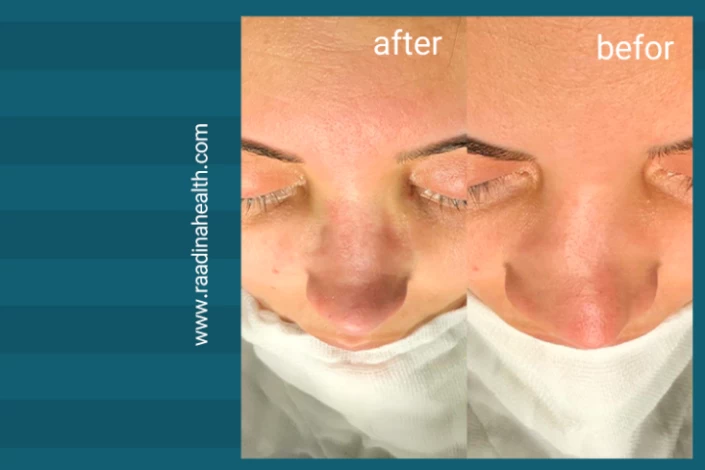
Combo nose
A combo nose is any nasal form combining two or three nasal shapes. So, if you couldn't find your nose shape in any of the abovementioned descriptions, you probably have a combo nose.
Different Parts of the Nose
Studying their structures is one way to understand why noses are entirely different shapes. In the following, the main parts of the nose are mentioned:

Nasal dorsum (bridge)
It is the area between the nasal tip and root. The upper part of the nasal dorsum is bony and hard, while its lower part is cartilaginous and more flexible.
Nasal septum
The septum is the middle wall between two nostrils, which directs the air from the tip of the nose to the back of it and then to the lungs.
Nasal tip
It is a cartilage in the lowest part of the nasal bridge.
Columella
The tissue links the nasal tip to the nasal base and separates the nostrils at the bottom of the nose.
Sinuses
Hollow holes in the skull and nose produce mucus to lubricate and moisten the nostrils. Each human being has four sinuses: frontal (in the forehead), maxillary (in the cheekbones), ethmoid (besides the nose), and sphenoid (behind the nose).
What Nose Is Considered Average Size?
Based on the aesthetic principles, an average nose size in men is 5.5 long and 2.6 cm wide, while in women, the length is 5.1 and the width is 2.1. However, no one can assuredly determine what nasal shape and size are normal, as people have different facial features. Therefore, an ideal nose has a proportioned angle, shape, size, and harmony with other face parts.

Nose Shapes in Different Races
Besides genetics, factors such as climate, ethnicity, and some disorders can affect the nose shape. Therefore, people of different races have various nasal forms. A human race is a group with specific inherited traits (such as skin color, hair texture, and anatomy) that restrict them from other populations. In the following, the nose shapes of different races are introduced:
African race
The main features of almost all Africans' noses are flared nostrils, rounded tips, thick skins, and low bridges. Interestingly, people of West Africa have wider noses than the ones living in North Africa.
Mongolian race
The Mongolian race refers to the people of China, Korea, Japan, Tibet, Polynesia, Malaya, and India. This ethnic group comprises a large part of the world's population, with many nasal shapes among them. However, there are certain features in all these noses, including short bridges, round tips, broad roots, and wide nostrils. Since Chinese and Korean people's noses are much shorter than their other facial parts, plastic surgeons use prostheses to make them longer and larger.
European race
Europeans usually have narrow, pointy noses with wide bases and elevated tips. Generally, Europeans have longer and bonier noses compared to other ethnic groups.
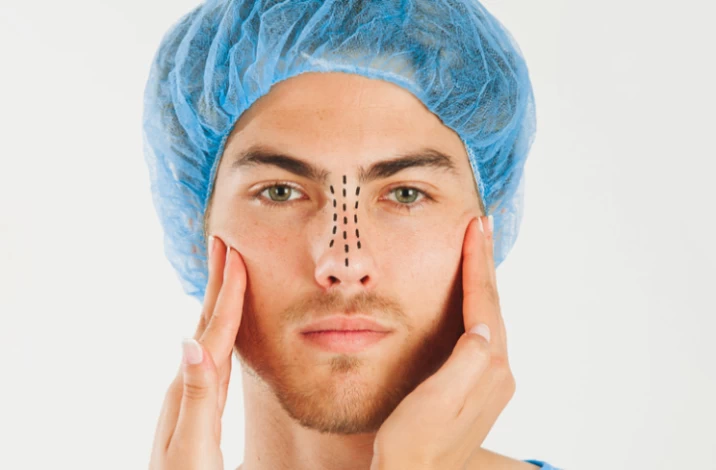
Mediterranean and Middle Eastern race
Mostly, Mediterranean and Middle Eastern people have droopy and prominent noses. Also, they have thick nasal skin, weak cartilages, and wide nasal tips, making them unique.
Hispanic race
People of Cuba, Mexico, South and Central America, Puerto Rican, and Dominica are regarded as Hispanic. The nose of this ethnic group is wide and long and has a bulbous or droopy tip. Also, a large number of Hispanics have a hump on their dorsum.
Nose Job in Iran
Regardless of what is your nasal shape, you can always expect great results from your nose job in Iran as in this country, there are hundreds of adept, educated, and experienced plastic surgeons who not only master reshaping the nose but also have a full understanding of nose anatomy and structure. Therefore, if you are dissatisfied with how your nose looks or have breathing difficulties due to your nasal condition, consider having rhinoplasty in Iran and enjoy its outcome afterward.
FAQs About Different Nose Shapes
Does gender affect the nose shape?
Usually, people think that females should have small noses and males must have large ones; otherwise, they would be considered unattractive. However, the nose's shape and size depend on each person's race and genetics and have nothing to do with gender.
Does the method of rhinoplasty depend on your nose shape?
Surely yes. The nose's structure, size, and skin type can affect the method and results of the nose job.
What type of nose is the best for performing rhinoplasty?
Rhinoplasty can correct the deformities in all types of noses, but mainly, people with bony noses achieve great results after this operation. Also, a nose job can narrow the wide nostrils and make them more symmetrical.
What type of nose is the most attractive one?
In women, button and Duchess (named after the Duchess of Cambridge) noses are the most desired ones, while in men, noses with long and straight bridges are considered manly and attractive.
Which ethnicities are more likely to have a bulbous nose?
People of African, Middle Eastern, and some Mediterranean backgrounds are more likely to have a bulbous nose. Genetics mainly determines this rounded tip shape.
What is characteristic of a Spanish nose?
A Spanish nose often has a straight bridge with a slightly prominent tip, giving a refined and balanced look to the face.
How is the Chinese nose shape usually described?
Typically, it features a lower bridge and a small, rounded tip that harmonizes with overall facial features.
Which populations naturally tend to have larger noses?
Larger noses are more common among African and Middle Eastern populations, helping with airflow and adapting to warmer climates.


 WhatsApp
WhatsApp
 Telegram
Telegram
 Facebook
Facebook
 Email
Email


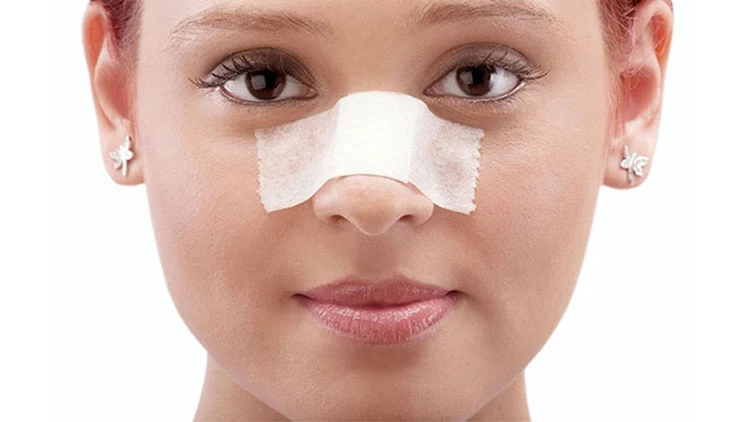
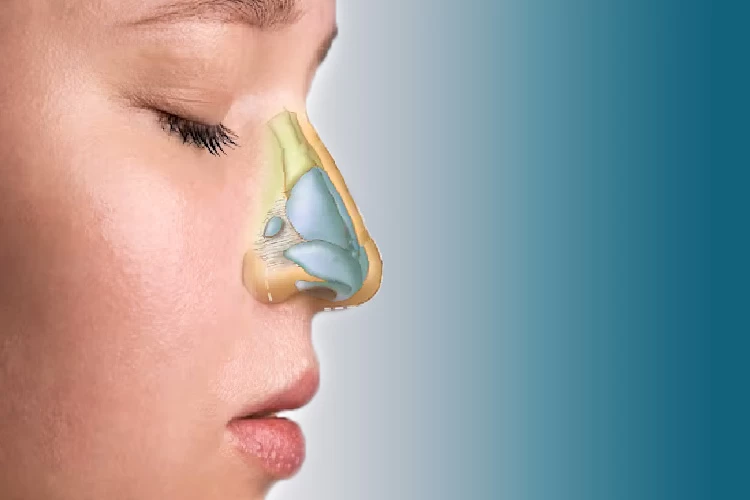
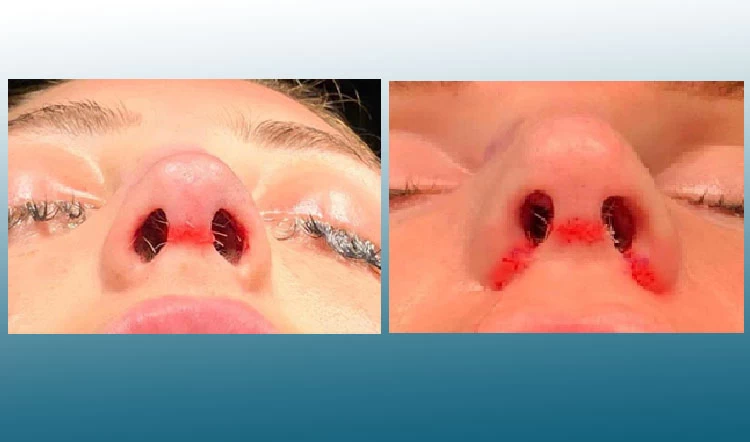
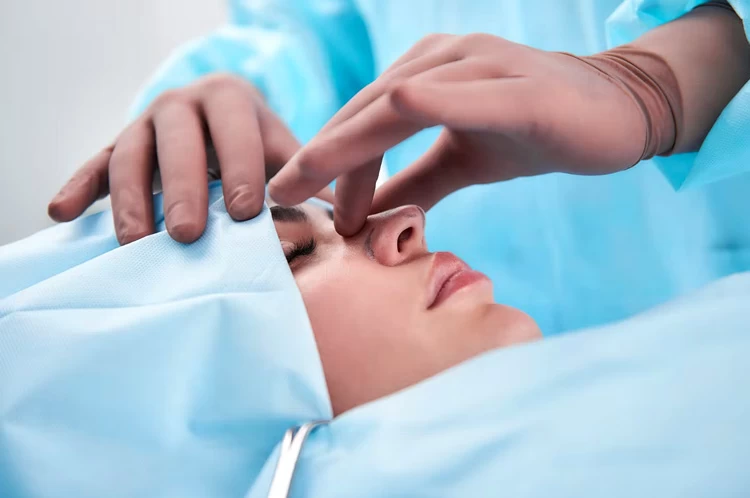
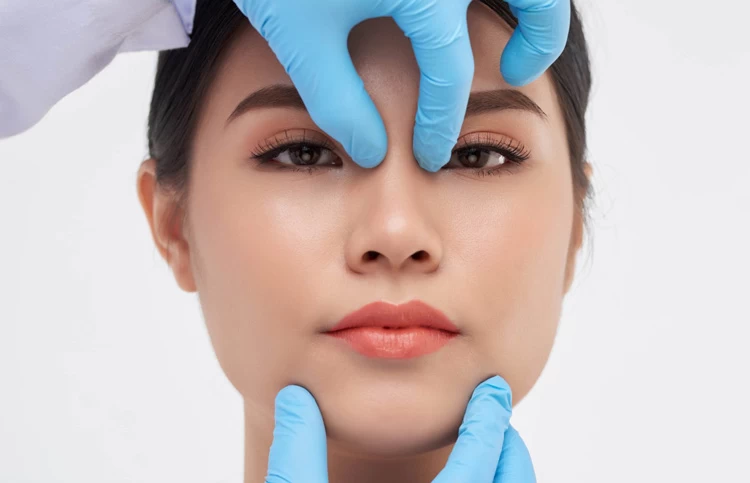




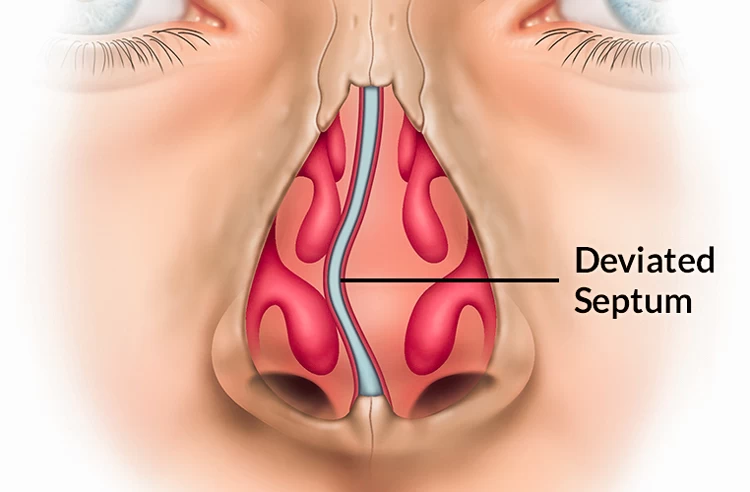
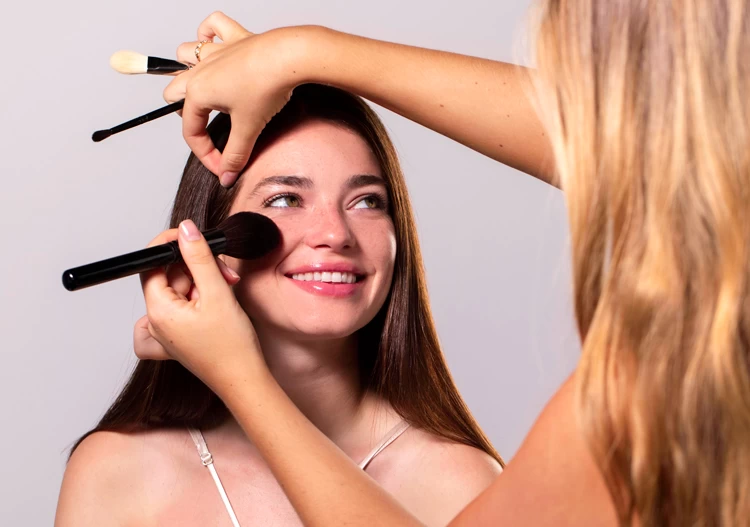
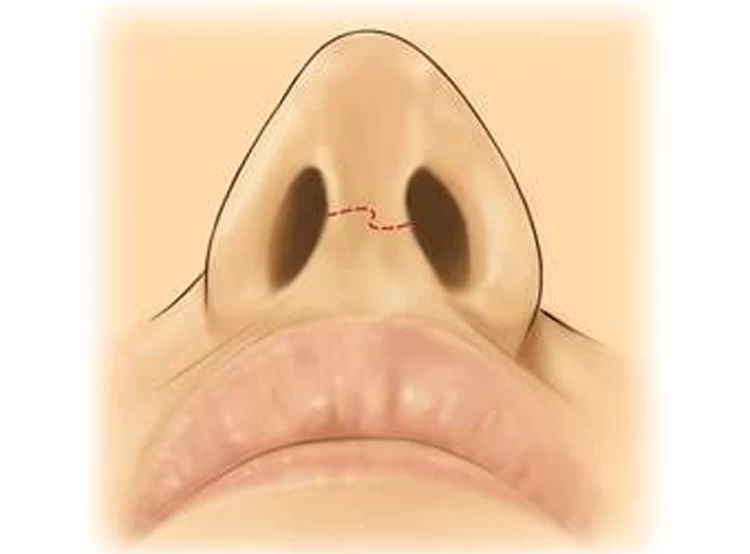




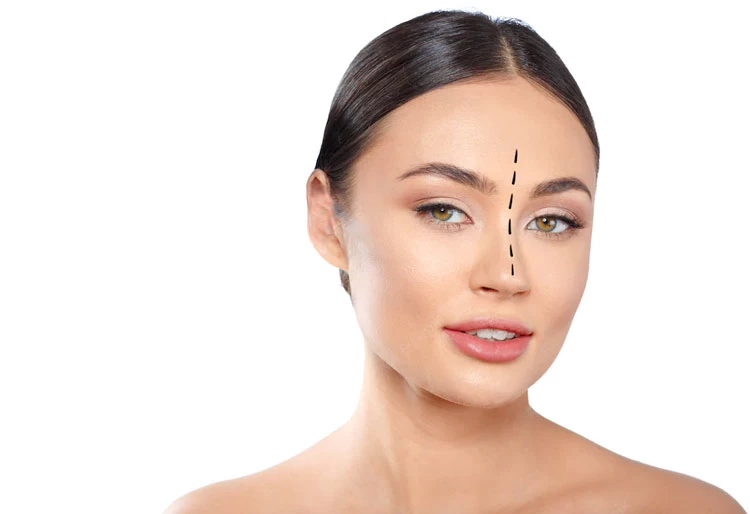


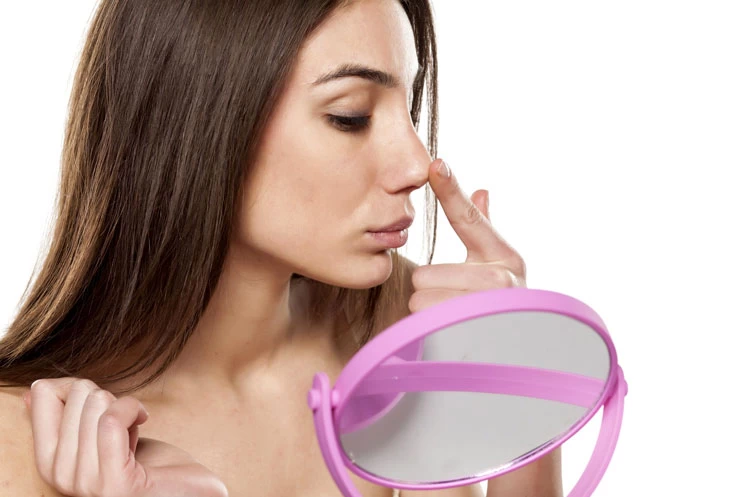
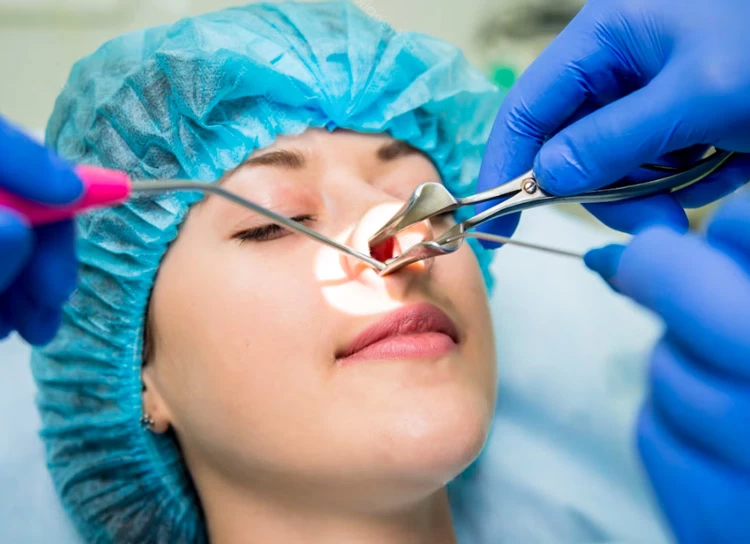
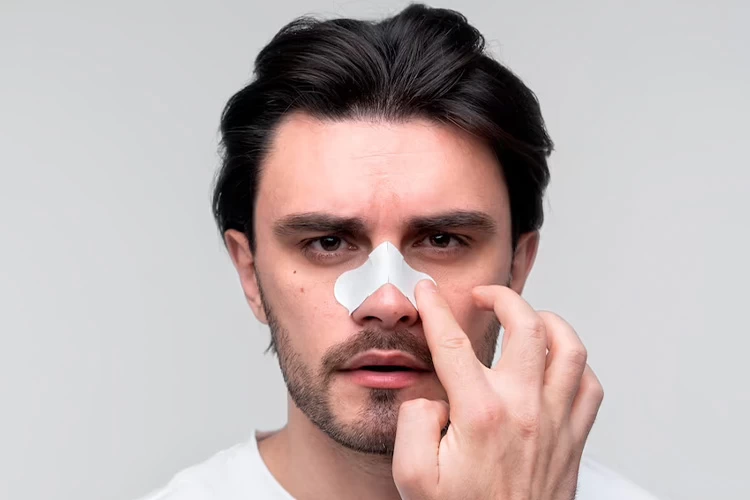





User
-Wow what is this